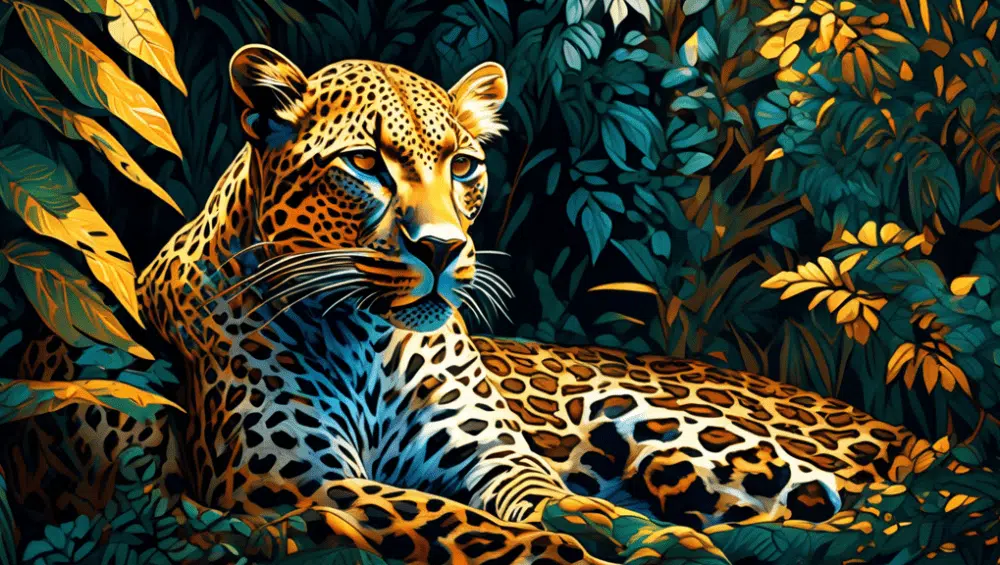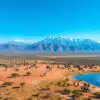The Art of Disappearing: How Leopards Master Camouflage in Kenya’s Wild
Ever wondered how a leopard, one of the most photogenic beasts in the animal kingdom, can simply vanish into the background, almost like it has access to an invisibility cloak? Yes, me too! As someone who’s been captivated by wildlife, particularly during my trips through Kenya’s diverse landscapes, understanding how leopards camouflage themselves has been nothing short of an exhilarating puzzle.
Why Do Leopards Need to Be Such Good Hiders?
First up, why the big hide and seek game? Survival, my friend. It’s all about survival. In the wild, being able to blend into the environment can make the difference between catching that next meal or becoming one. For leopards, their ability to camouflage isn’t just a cool trick; it’s essential for hunting prey and slipping away from larger predators or keen human eyes.
The Leopard’s Camouflage Toolkit
The leopard’s camouflage is a marvel of nature’s design, perfectly suited to the Kenyan landscapes, from the savannahs of Maasai Mara to the forests of Mount Kenya. Let’s break it down:
- Patterned Coat: Those iconic rosettes and spots aren’t just for beauty! They break up the leopard’s outline, making it hard to spot among the leaves and branches. Ever tried spotting one in dense foliage? It’s like trying to find a needle in a haystack!
- Color Palette: The subtle golds, yellows, and deep browns of their fur blend astonishingly well with the sunbathed Savannah. During one of my outings, a guide pointed to a ‘bush’ that turned out to be a leopard snoozing. Had he not pointed it out, I would’ve just walked on, none the wiser!
- Stealth Mode: Leopards are silent stalkers. They know how to make minimal noise and how to use the terrain to their advantage. This skill, combined with their natural attire, makes them nearly undetectable.
A Lesson from a Leopard
On a particularly sultry day in Amboseli National Park, our group was almost about to call it a day when our guide’s sharp eyes spotted a slight movement near a rocky outcrop. We held our breaths, cameras ready, barely whispering. There! A young leopard, masterfully inching towards an unsuspecting group of impalas.
It was a tense few minutes that seemed like hours, watching the leopard move ever so cautiously, perfectly melding into the long grass. Just as it was almost upon the prey, a careless step alerted the impalas, and off they scattered. The leopard missed this time, a rare thing for us to witness, but it was a profound lesson in patience and precision.
A Closer Look: Why Does This Matter?
Why ramble on about leopards & their stealth tactics? Because, my fellow wildlife enthusiasts, it’s a window into understanding and respecting these magnificent creatures. By appreciating how leopards adapt to their environment, we learn the importance of conserving their habitats.
Each spotting trip and each leopard sighting, though thrilling, is tinged with the reminder of our responsibility towards these habitats. They are not just ‘spots’ of beauty and awe; they are vital ecosystems that support various species, including our spotted friends.
So, the next time you find yourself in the vast landscapes of Kenya or any wildlife reserve, pause and look closely. Maybe, just maybe, a master of disguise is lying in plain sight, just waiting to be respectfully acknowledged in its natural majesty.
And hey, if you’ve ever had your own ‘Where’s Waldo?’ moment with a leopard or other elusive creature, I’d love to hear about it. The wild is full of lessons and surprises, isn’t it?



